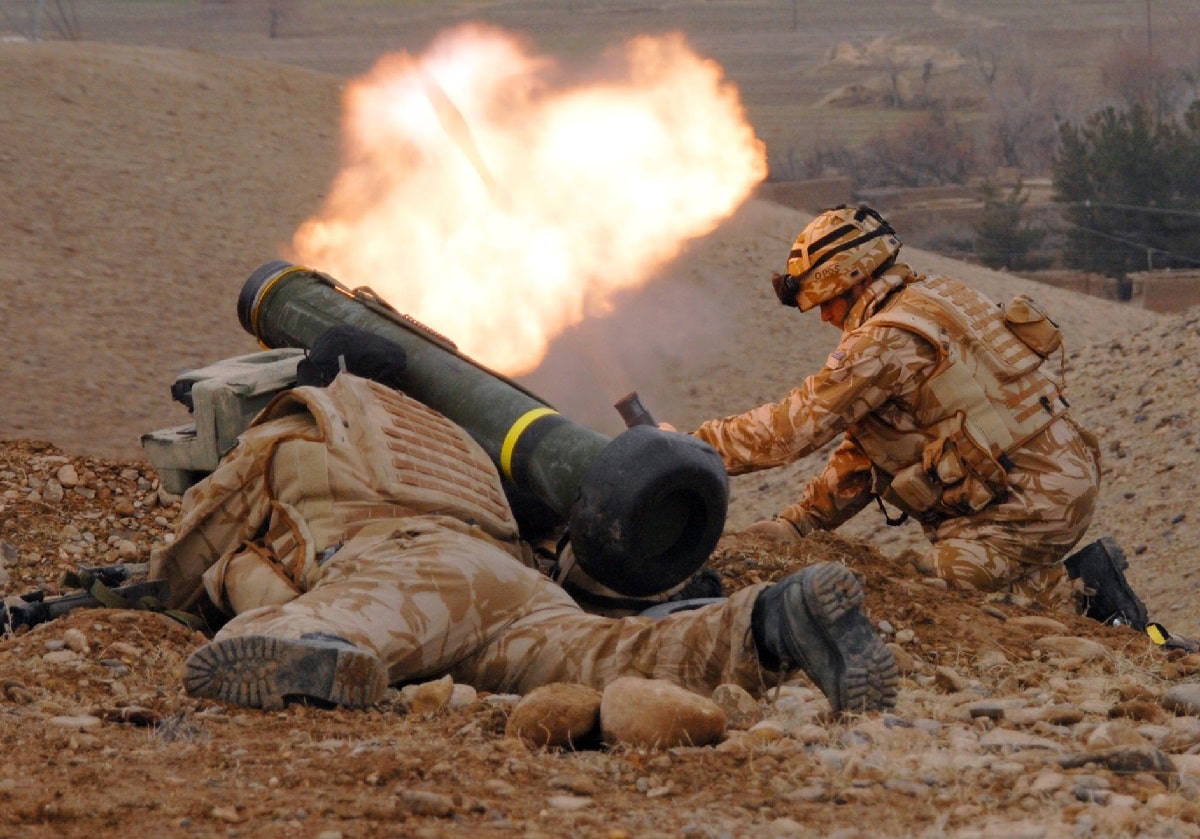The missiles that keep Ukraine from falling into Russia’s grasp: Despite amassing an invasion force of nearly 200,000 troops and thousands of armored vehicles supported by combat aircraft and warships, the Russian military has failed to reach its primary objectives in the three weeks since its offensive into Ukraine began.
Russian military planners expected a blitzkrieg campaign that would last 48 to 72 hours and lead to a quick Ukrainian capitulation, but Ukrainian President Volodymyr Zelenskyy has led a fierce resistance, and major urban centers, including the capital, Kyiv, remain in Ukrainian hands, surprising Moscow and indeed the world.
Ukrainians’ grit and knowledge of the battlefield have played a large part in their effective defense, but weapons supplied by NATO and EU countries have also played a critical role in stalling the Russian advance.
Ukraine has received billions of worth of weapons from the West — the US has provided $1 billion in security assistance just this week — and among that aid, three weapon systems stand out.
Since the invasion began, US-made FGM-148 Javelins and FIM-92 Stingers and the Next Generation Light Anti-Tank Weapon (NLAW) designed by Britain and Sweden have been the terror of Russian troops.
Javelins and NLAW: highly effective
Tanks and armored vehicles are at the heart of the Russian military doctrine. Russia’s battalion tactical groups — 75% of which have been committed to the invasion, a US official said Wednesday — are largely mechanized formations meant to use heavy firepower to overcome resistance.
But BTGs are vulnerable to anti-tank defenses like the Javelin, a reusable, fire-and-forget guided missile.
Javelins have two parts: a launch tube and a command launch unit, which has the controls and optical sights for day and night use. The Javelin missile’s nose has a homing infrared guidance system that allows the operator to fire the weapon and then relocate in order to dodge return fire.
The Javelin “isn’t cheap,” running almost $200,000 each, “so you won’t fire it often,” a Green Beret assigned to a National Guard unit told Insider.
“Usually in a [military training] class only the honor student will usually get to fire a live round. The rest of the class will learn the procedures on an empty weapon. But you do master the procedures and sequence of firing even if you don’t fire an actual live round,” said the Green Beret, who was not authorized to speak to the media.
Its bulky size notwithstanding, what makes the Javelin so effective is its targeting flexibility.
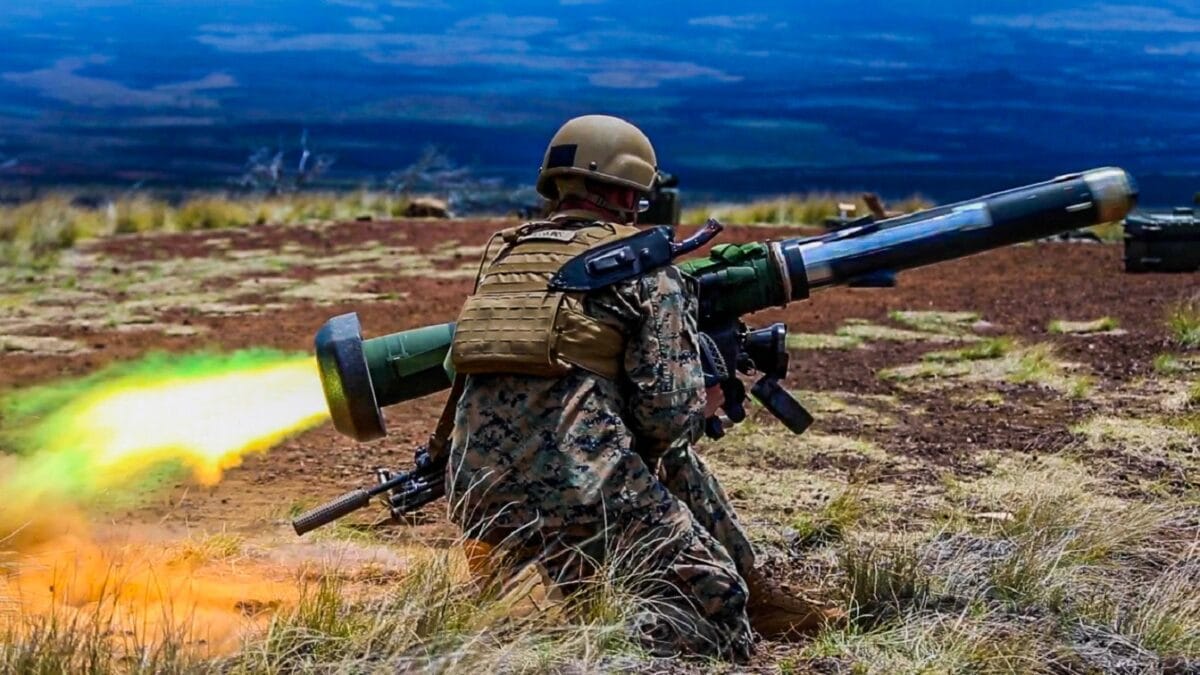
A U.S. Marine with 1st Battalion, 3rd Marines, fires a shoulder-fired Javelin missile during exercise Bougainville II at Pohakuloa Training Area, Hawaii, April 18, 2021. Bougainville II is the second phase of pre-deployment training conducted by the battalion designed to increase combat readiness through complex and realistic live-fire training. (U.S. Marine Corps photo by Cpl. Jacob Wilson)
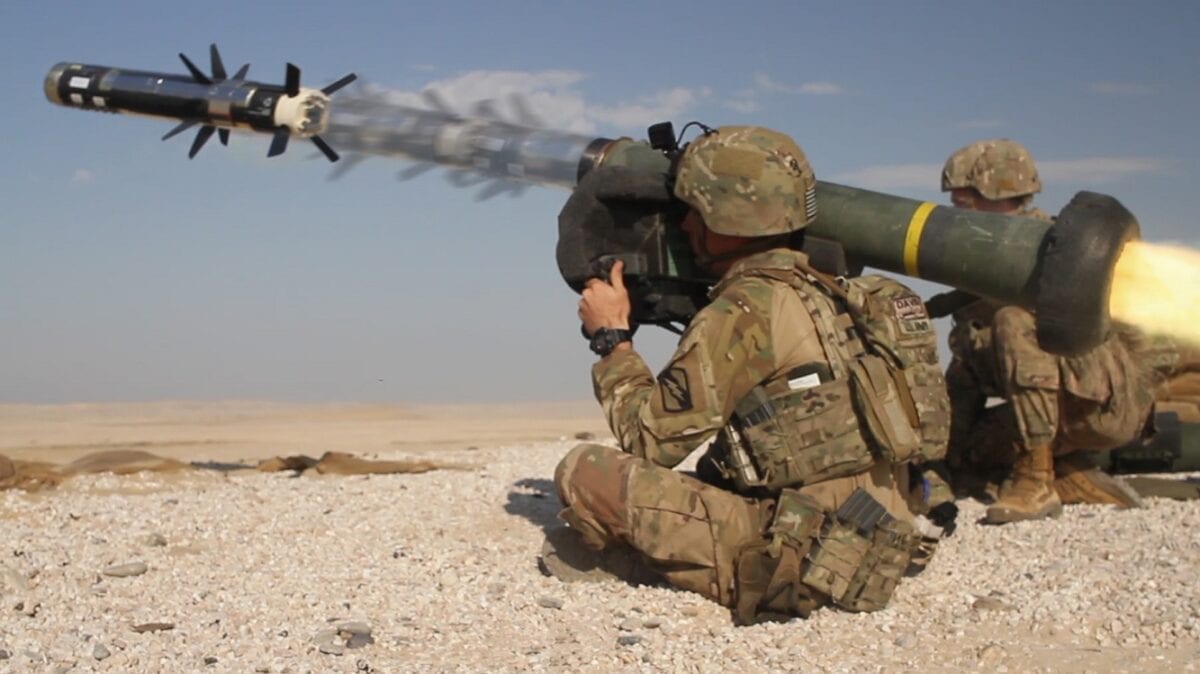
U.S. Army Spc. Colton Davis, an infantryman assigned to Company C, 2nd Battalion, 198th Armor Regiment, 155th Armored Brigade Combat Team, Mississippi Army National Guard, fires a Javelin shoulder-fired anti-tank missile during a combined arms live fire exercise as part of Exercise Eastern Action 2019 at Al-Ghalail Range in Qatar, Nov. 14, 2018. The multiple exposure photo demonstrates the multiple stages the missile goes through after it is fired by Davis. This is a multiple-exposure photo. (U.S. Army National Guard photo illustration by Spc. Jovi Prevot)
Against a tank or another armored vehicle, the Javelin will strike from a high angle of attack, targeting the top of the vehicle, where the armor is thinnest.
Before the invasion, Russian tankers sought to counter that by building cages on top of their tanks to detonate the Javelin before it struck and reduce its force. Hundreds of destroyed Russian tanks suggest that has not been an effective countermeasure.
Against a stationary target, like a building or bunker, the Javelin will strike from a more direct line of attack. US special-operations units — which have bigger budgets than their conventional counterparts — also used Javelins against people in Afghanistan.
“The Javelin is also very effective against human targets. You wouldn’t normally think [of] an anti-tank weapon system worth hundreds of thousands of dollars as an anti-personnel option,” a former Navy SEAL officer told Insider.
Navy SEAL Team members used Javelins “extensively” in Afghanistan, according to the former officer, who spoke anonymously because of ongoing work with the US Defense Department.
“There is one famous [SEAL] Team guy who racked up several Taliban kills using the Javelin. It was ideal for the operational environment because of the large distances,” a former SEAL said.
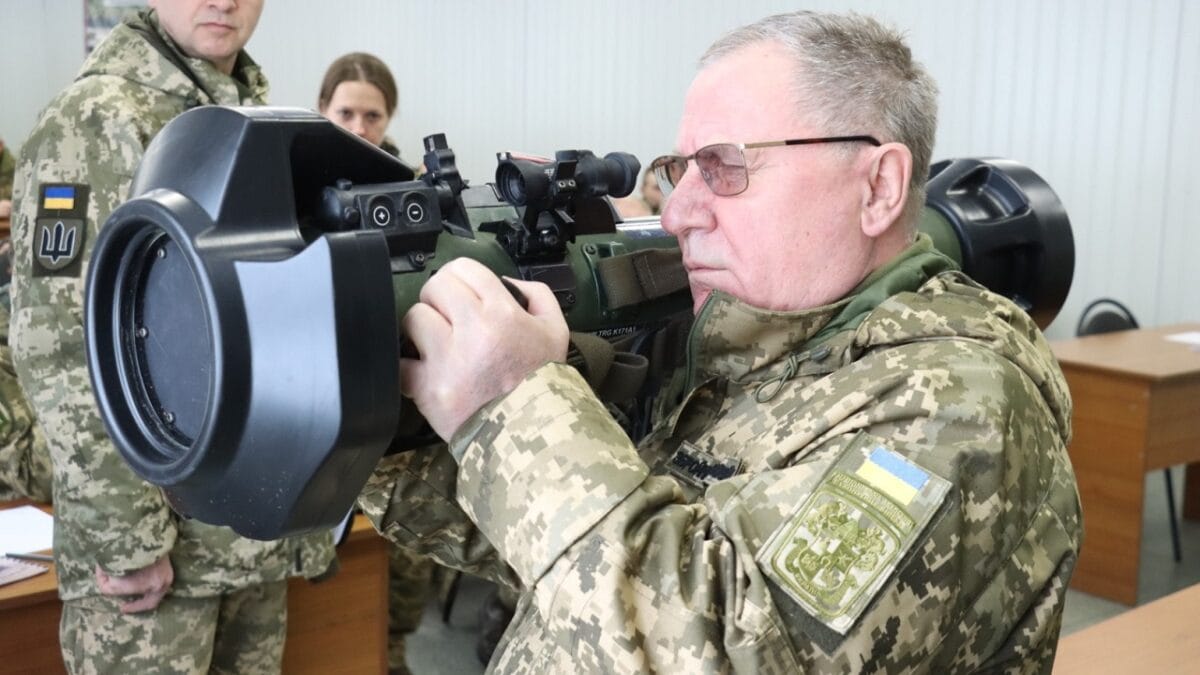
NLAW anti-tank missile in Ukraine. Image Credit: Ukrainian Military.
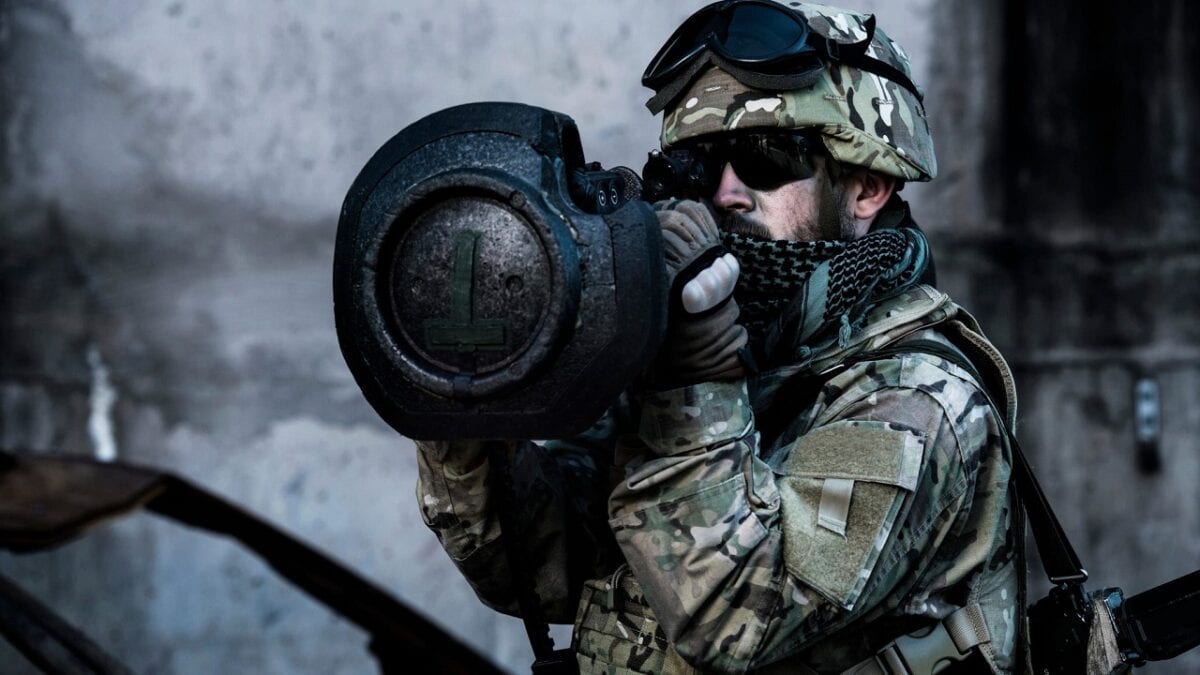
NLAW. Image Credit: SAAB.
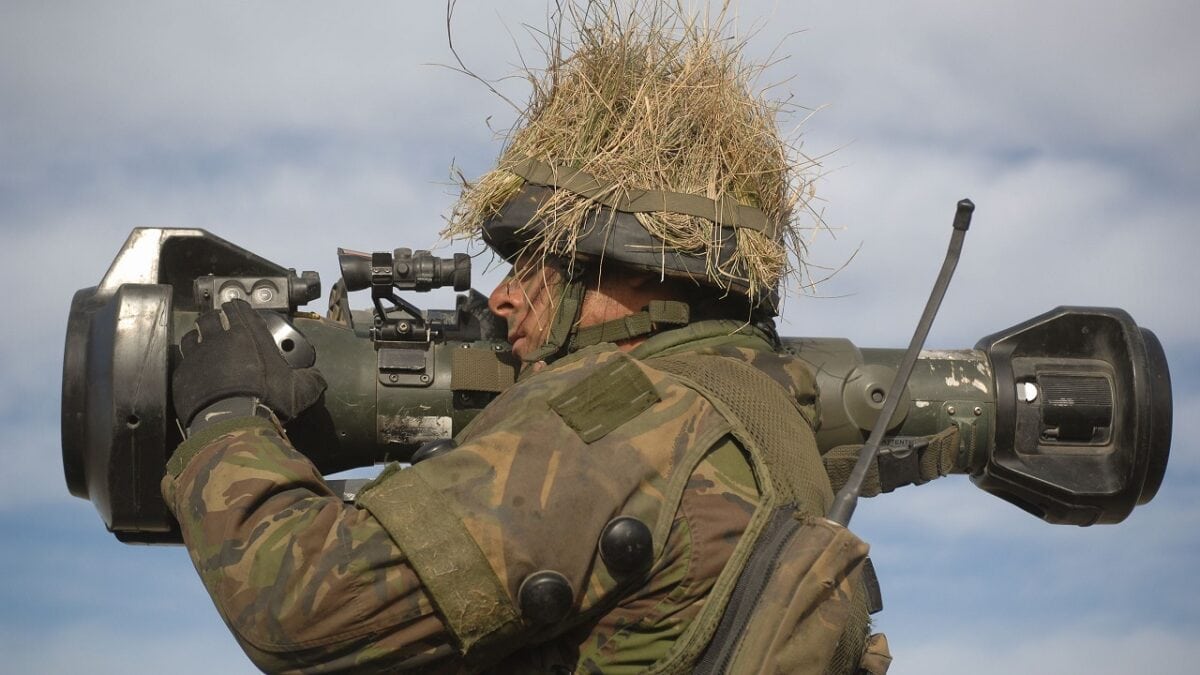
A soldier is pictured aiming a practice NLAW (Next Generation Light Anti-Tank Weapon). This training aid simulates the real NLAW launcher but fires a laser at armored vehicles equipped to receive the beam.
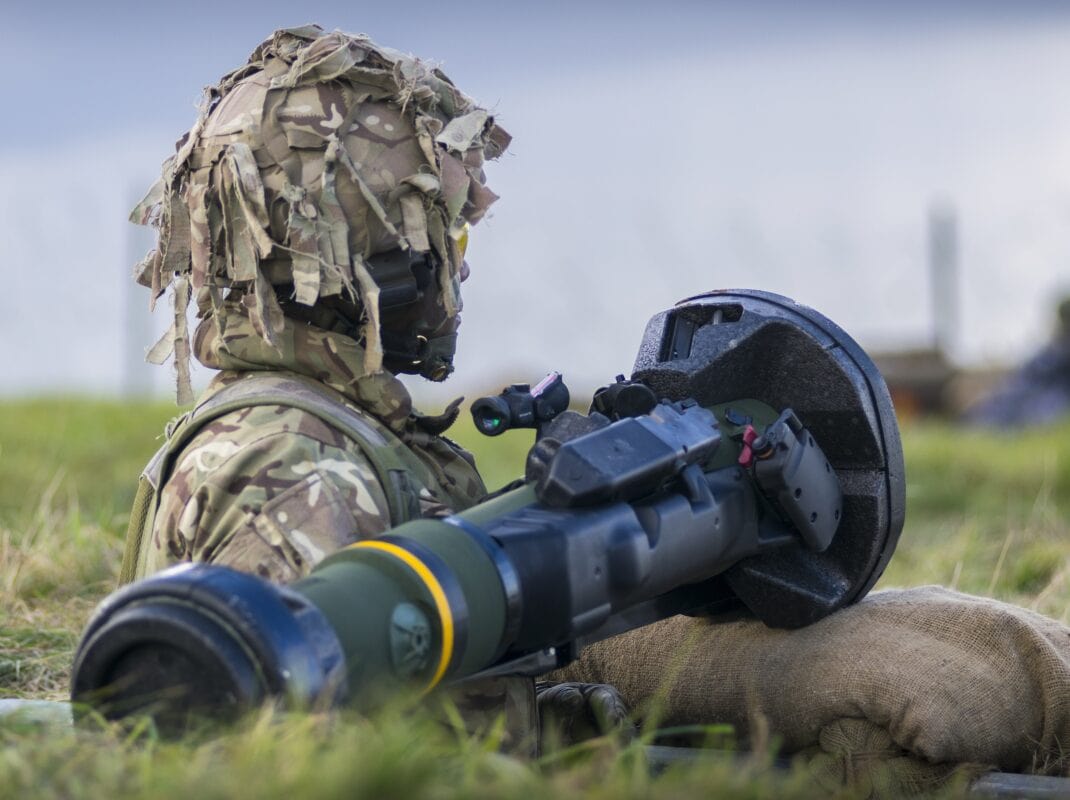
Ukrainian forces have been using the British-supplied NLAW anti-tank weapon. Although less sophisticated than its American counterpart, the NLAW is extremely easy to operate, and with a 150 mm high explosive anti-tank warhead, it’s deadly too.
Like the Javelin, the NLAW can strike targets from above, but its effective range of about 800 meters is more limited than the Javelin’s 2,000-meter range.
Stingers: fearsome reputation
Despite an overwhelming quantitative and qualitative advantage, Russia’s air force has failed to achieve dominance over Ukraine, reflecting what US officials say were Russian misperceptions about Ukrainian resistance and “risk aversion” among Russian commanders.
But Russian aircraft are still active over Ukraine, where they enable Russian forces to take and hold ground and can attack Ukrainian forces trying to counter the Russian advance.
Ukrainians have relied on man-portable air-defense systems, such as the Stinger missile, to dissuade Russian fighters, bombers, and helicopters from operating too freely over Ukraine.
The US allowed other countries to ship their Stingers to Ukraine in January but was unable to send its own Stingers until it figured out how to remove classified material from them, which didn’t happen until after the invasion.
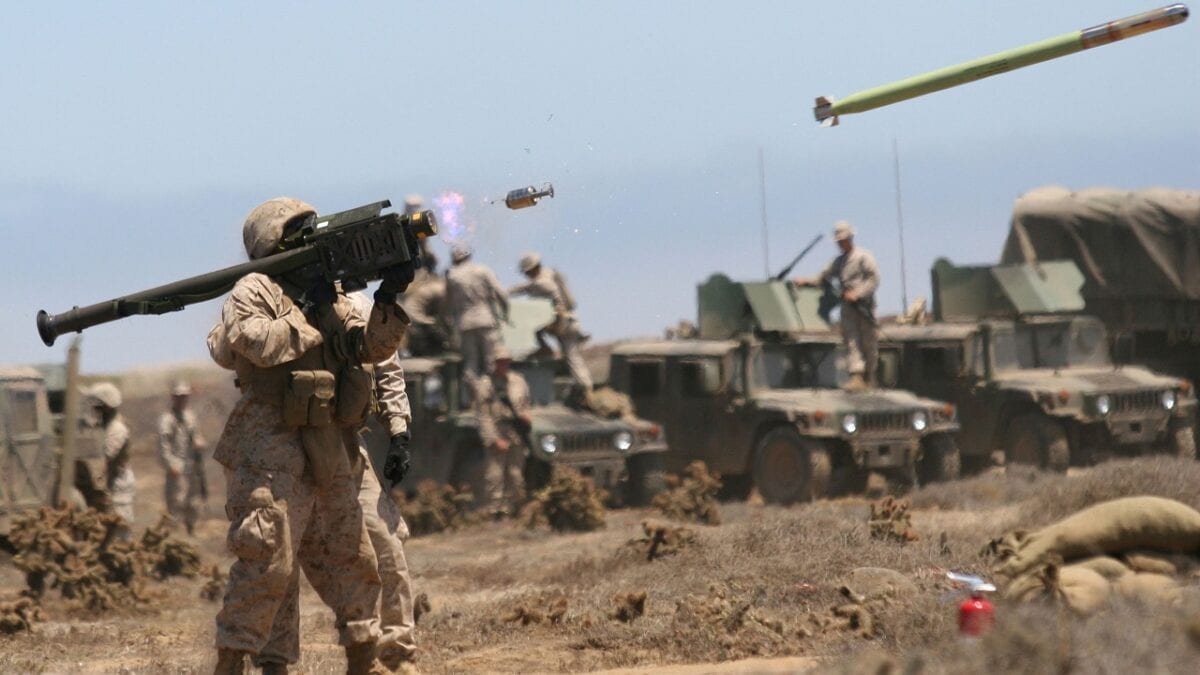
Stinger missile being fired. Image Credit: Creative Commons.
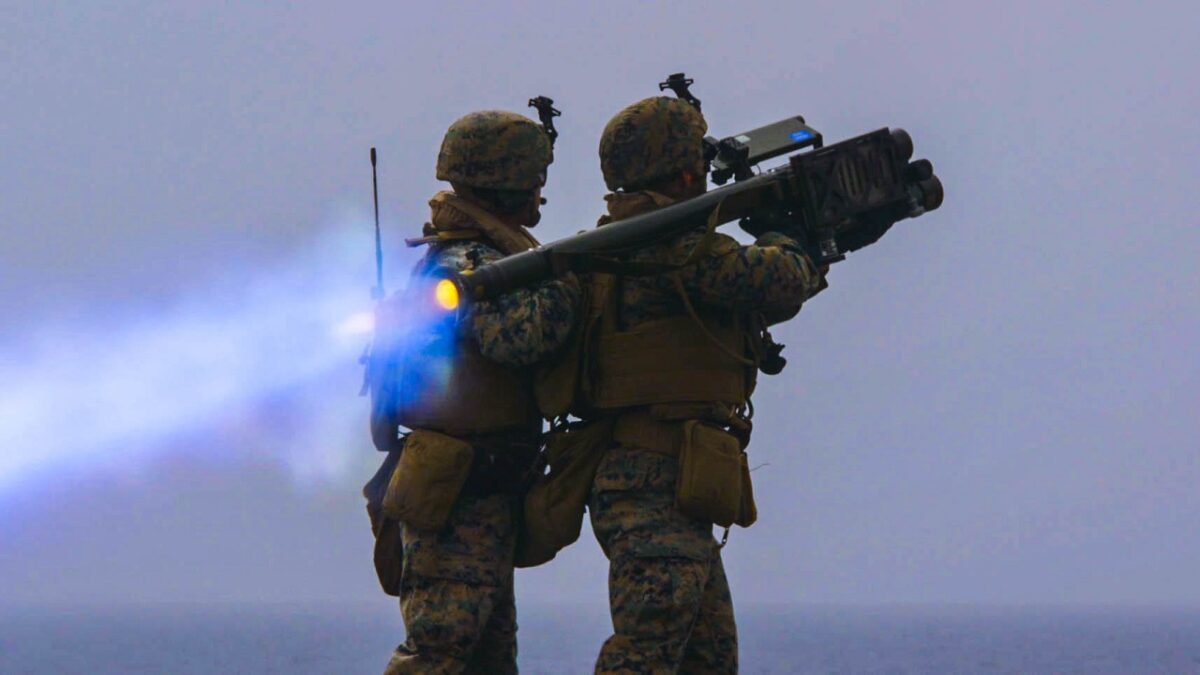
MEDITERRANEAN SEA (March 23, 2018) U.S. Marines with Marine Air Control Group (MACG) 28 Low Altitude Air Defense (LAAD) Detachment, Marine Medium Tiltrotor Squadron (VMM) 162 (Reinforced), 26th Marine Expeditionary Unit (MEU), fire a Stinger trainer missile at a Marine Corps AV-8B Harrier during a Stinger Trainer Launch Simulator (STLS) shoot aboard the amphibious assault ship USS Iwo Jima (LHD 7) in the Mediterranean Sea, March 23, 2018. Iwo Jima and the 26th MEU are conducting naval operations in the U.S. 6th Fleet area of operations. (U.S. Marine Corps photo by Sgt. Sylvia L. Tapia/Released)
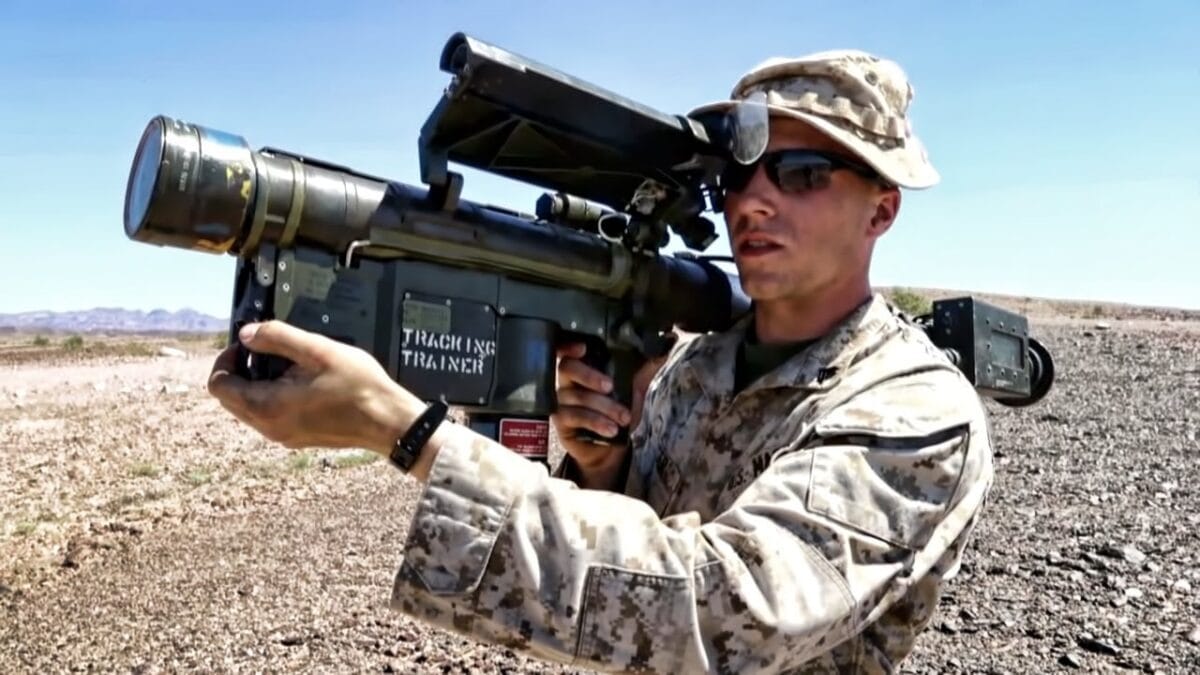
NATO Stinger missile. Image Credit: Creative Commons.
The Stinger was made famous by its use against Soviet forces in Afghanistan, and it has a fearsome reputation.
With an effective range of 15,000 feet, it can hit almost anything that flies below 12,000 feet. It uses an infrared seeker warhead that homes in on an aircraft’s heat signature, usually the engine.
It is also light and easy to use, meaning regular grunts, national guardsmen, and even militant groups can use it to shoot down multimillion-dollar aircraft.
“Both the Javelin and the Stinger are relatively easy to use. Remember that the CIA taught literally illiterate people to use the Stinger against the Soviets in Afghanistan,” the Green Beret said. “The Javelin is slightly more complicated to use, but the barrier to entry is relatively low.”
The US on Wednesday announced another package of security assistance to Ukraine, which included 800 Stingers and 2,000 Javelins, bringing the total of each provided by the US to 1,400 and 4,600, respectively. The package also includes 1,000 light anti-armor weapons and 6,000 AT-4 unguided, man-portable anti-armor missiles.
“The United States and our allies and partners are fully committed to surging weapons of assistance to the Ukrainians, and more will be coming as we source additional stocks of equipment that we’re ready to transfer,” President Joe Biden said Wednesday.
Stavros Atlamazoglou is a defense journalist specializing in special operations, a Hellenic Army veteran (national service with the 575th Marine Battalion and Army HQ), and a Johns Hopkins University graduate.

